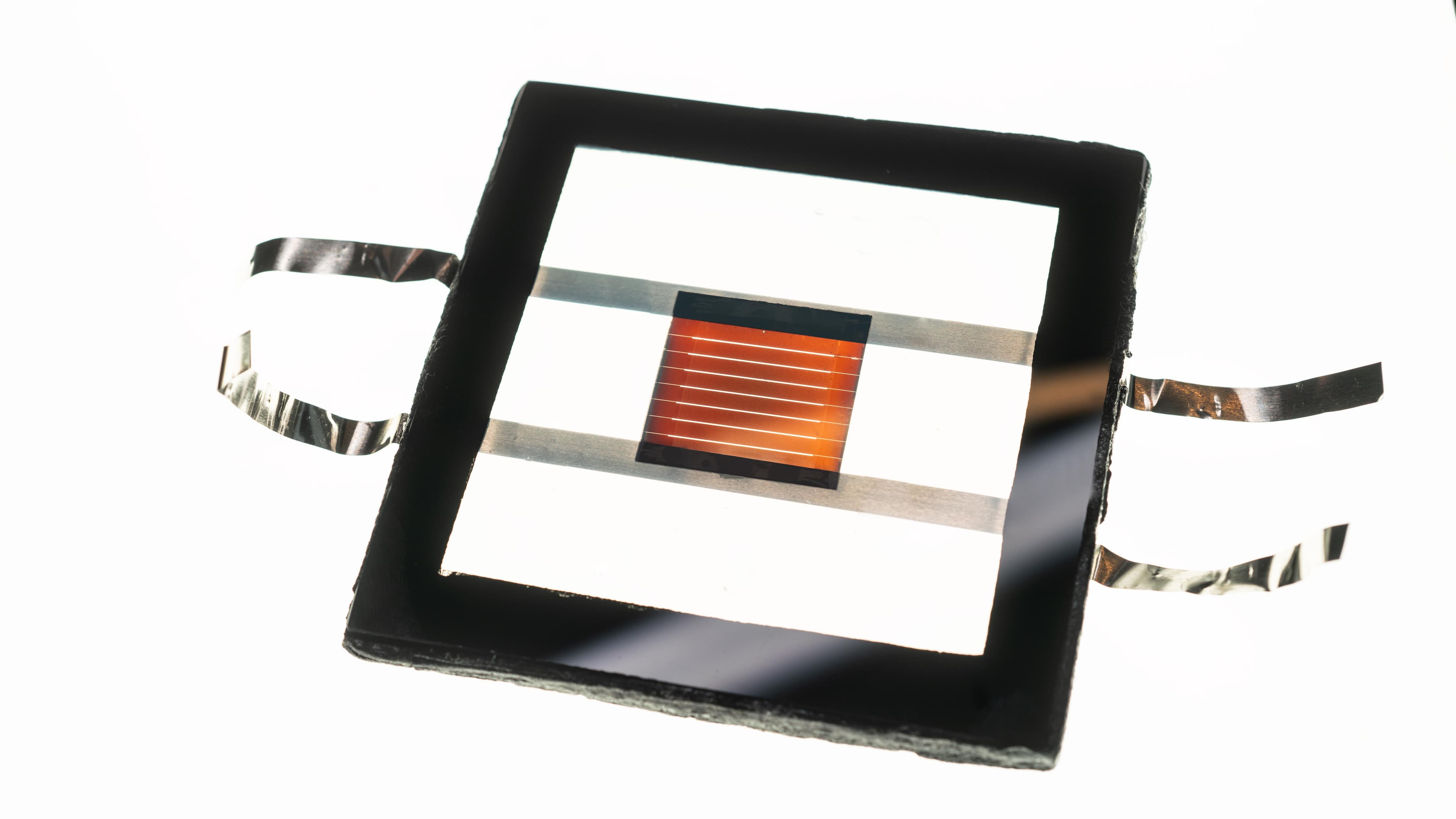Dynamic Architecture Monitoring
Regaining control over complex service architectures interacting with third party solutions
Cyberphysical systems – think of trains, telecom infrastructure and smart homes – are regulated by network rules but also interact with external applications and the system’s users. As a result, the hardware and software elements in these systems have limited “self-control”. Uncontrolled third-party services cause issues with performance, protocol and authentication, leading IT and software companies involved to spend time and resources to reverse engineer service interactions. The DynAMo project aims to put control back into the hands of the software developer by modeling service behavior, detecting anomalies and enforcing operational states in a ‘digital twin’ environment.
Suboptimal rules lead to problematic IT services
Integrating software in an operational environment is complex and prone to errors. IT services in the environment often fail to comply with interface and architectural rules, leading to poor performance, service delays and security vulnerabilities. This challenge has particularly negative consequences in mission-critical IT environments.
A dynamic overview of the IT environment
DynAMo seeks to reduce integration problems and achieve faster go-live of software deployments by giving companies more insights into their own IT service offering, and also into third-party services interacting with it. The project will develop a dynamic architecture monitoring solution that learns normal service behavior from data and detects when services aren’t operating in line with the rules governing interfaces, protocols, performance and security.
Detecting issues before they become problems
The DynAMo consortium consists of players in rail transport, automated customer service, industrial software development, distributed software and telecommunications. It aims to achieve 3 innovation objectives:
- Investigate an advanced monitoring solution for complex service offeringsthat is capable of monitoring the offering itself, the hardware supporting it and all external software interactions;
- Create a testable digital twin settingfor complex service-based architectures that evaluate the impact of ecosystem anomalies on services;
- Monitor, audit and analyze the security propertiesof the service architecture to trace user identity and service behavior, and enable the analysis and detection of weak areas in the security architecture.
Societal and industrial benefits
The outcomes of the DyNAmo project will be deployed to integrate passenger information services in a railway environment. In addition, the project results will be used to integrate telecommunications monitoring services in a field service management platform. The consortium’s industrial partners will use the knowledge gained through the project to expand their service offerings in communication systems and AI-based anomaly detection.
“The DynAMo project aims to put control back into the hands of the software developer by modeling service behavior in a complex IT ecosystem, detecting anomalies and enforcing operational states in a ‘digital twin’ environment.”
Video
DynAMo
Regaining control over complex service architectures interacting with third party solutions.
DynAMo is an imec.icon research project funded by imec and Agentschap Innoveren & Ondernemen.
It started on 01.04.2019 and is set to run until 31.03.2021.
Project information
Industry
- Esas
- Qmino
- Televic Rail
- Yazzoom
Research
- imec - IDLab IBCN – UGent
- imec - DistriNet - KU Leuven
Contact
- Project lead: Steven Lauwereins
- Research lead: Bruno Volckaert
- Proposal Manager: Bruno Volckaert
- Innovation manager: Annelies Vandamme












